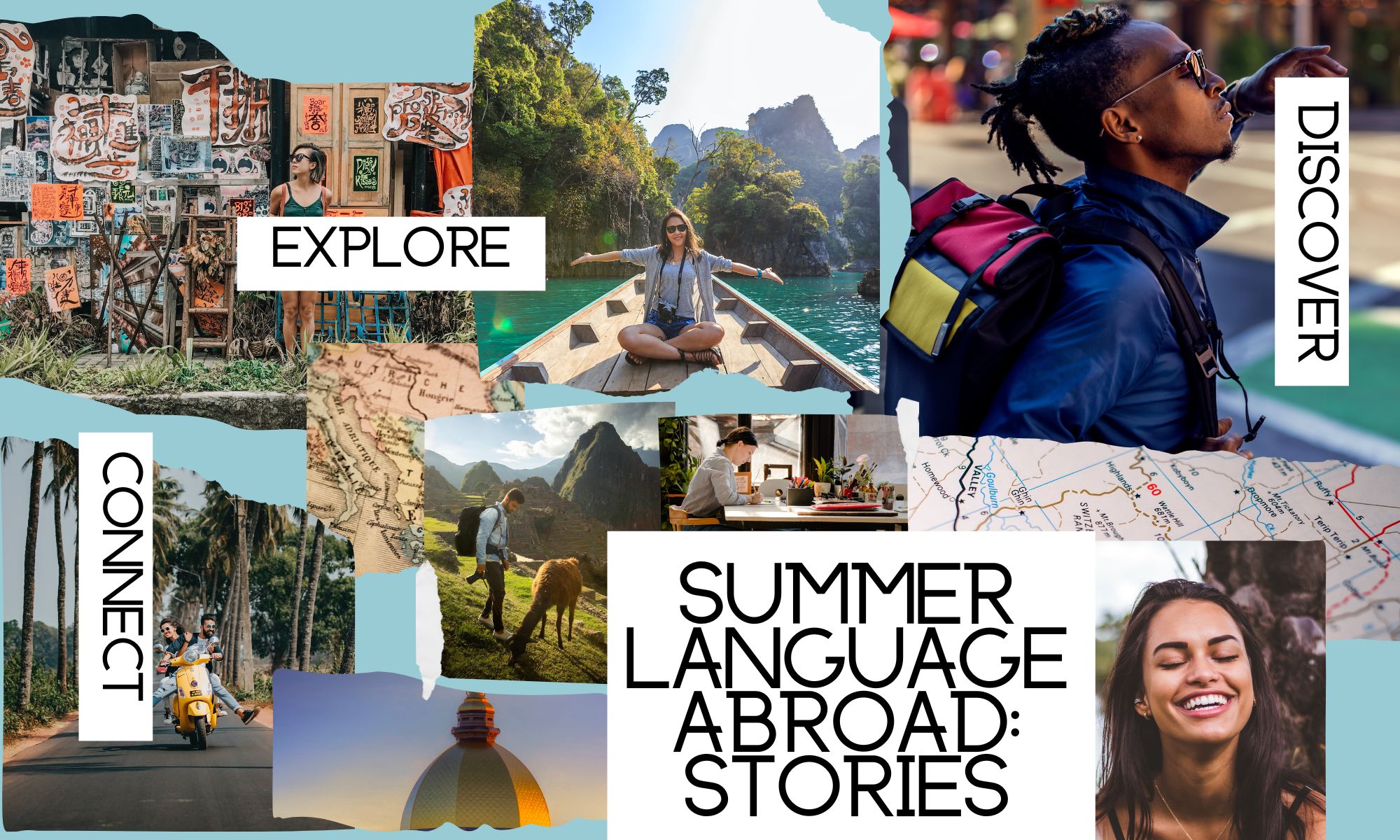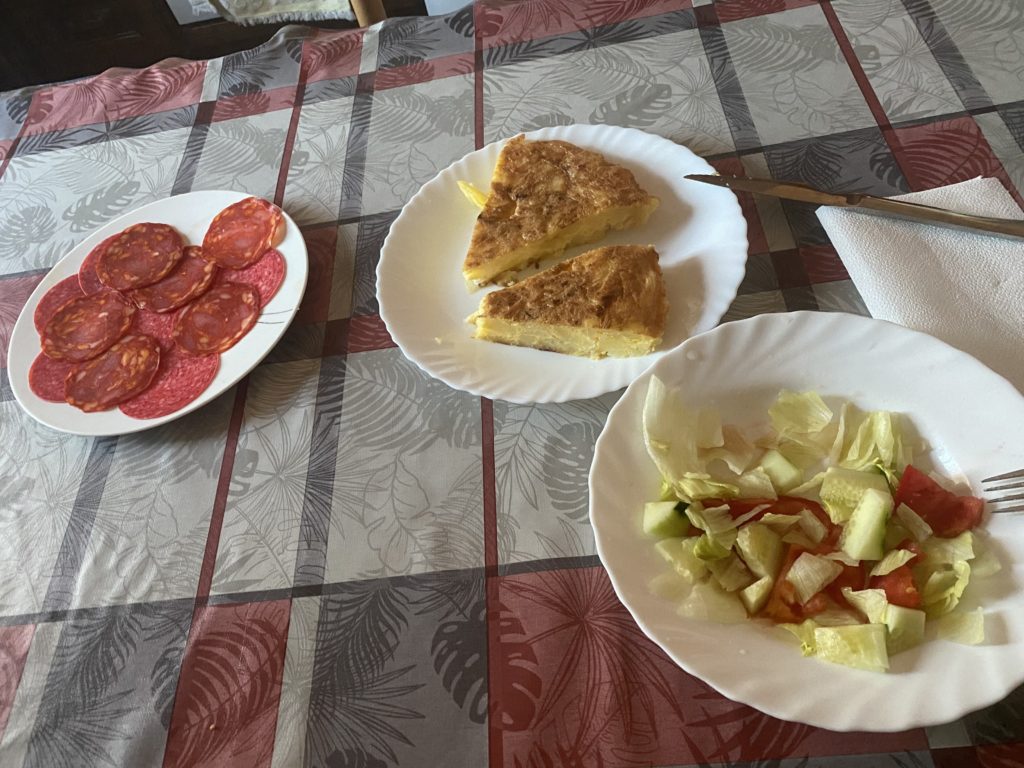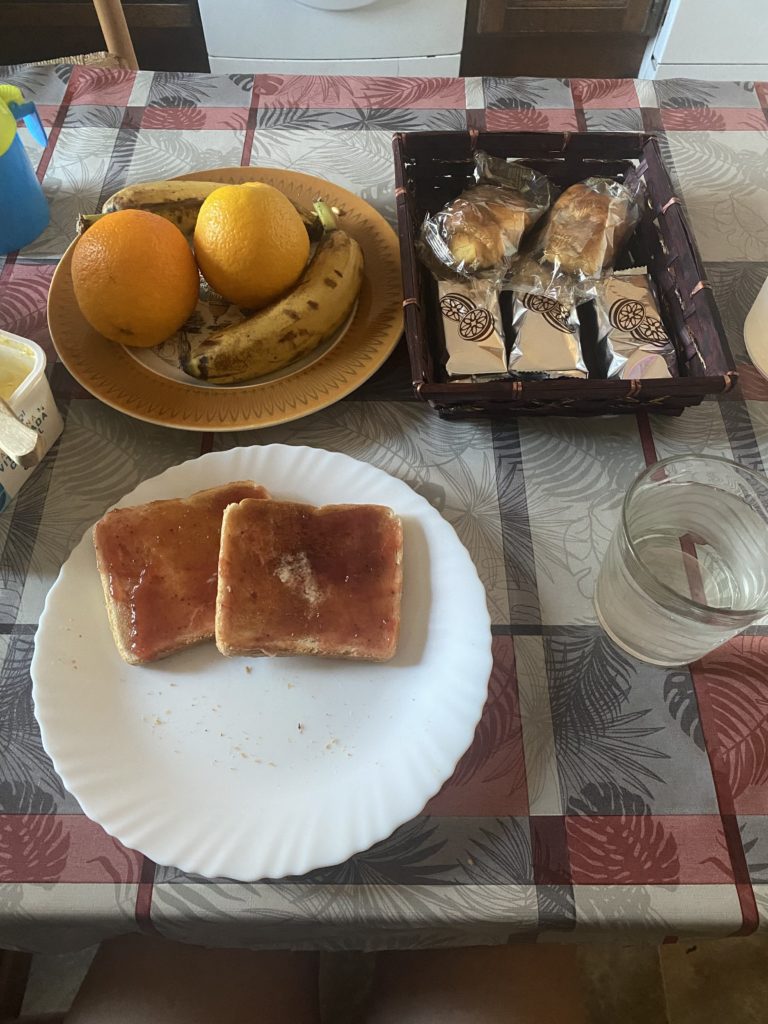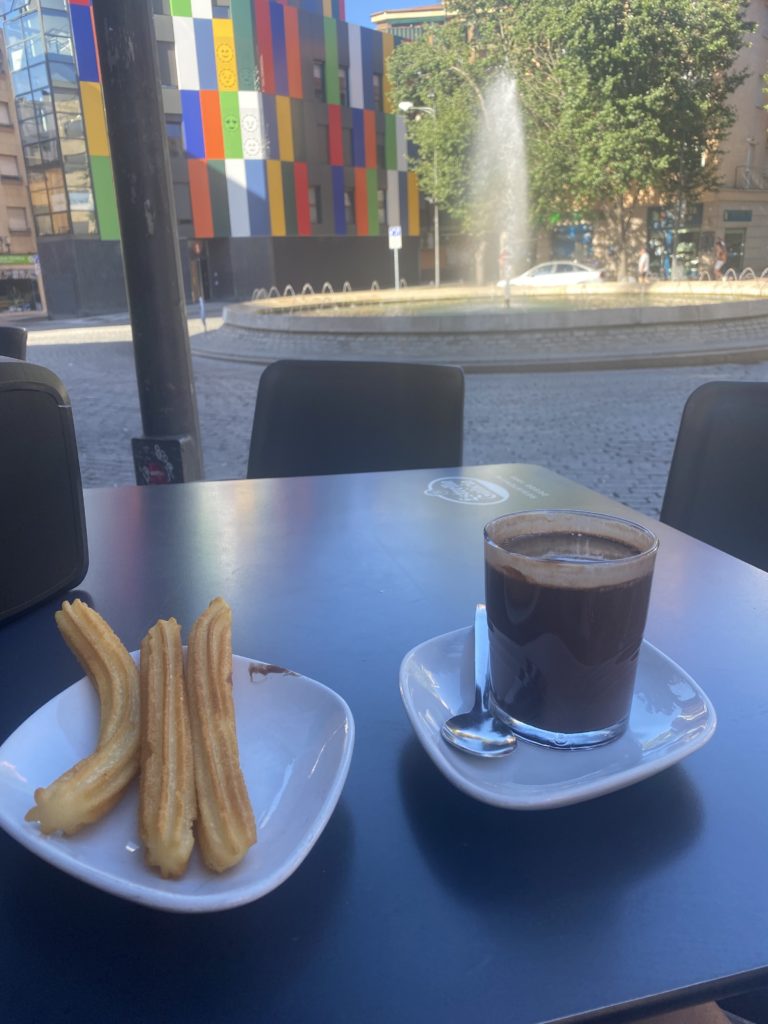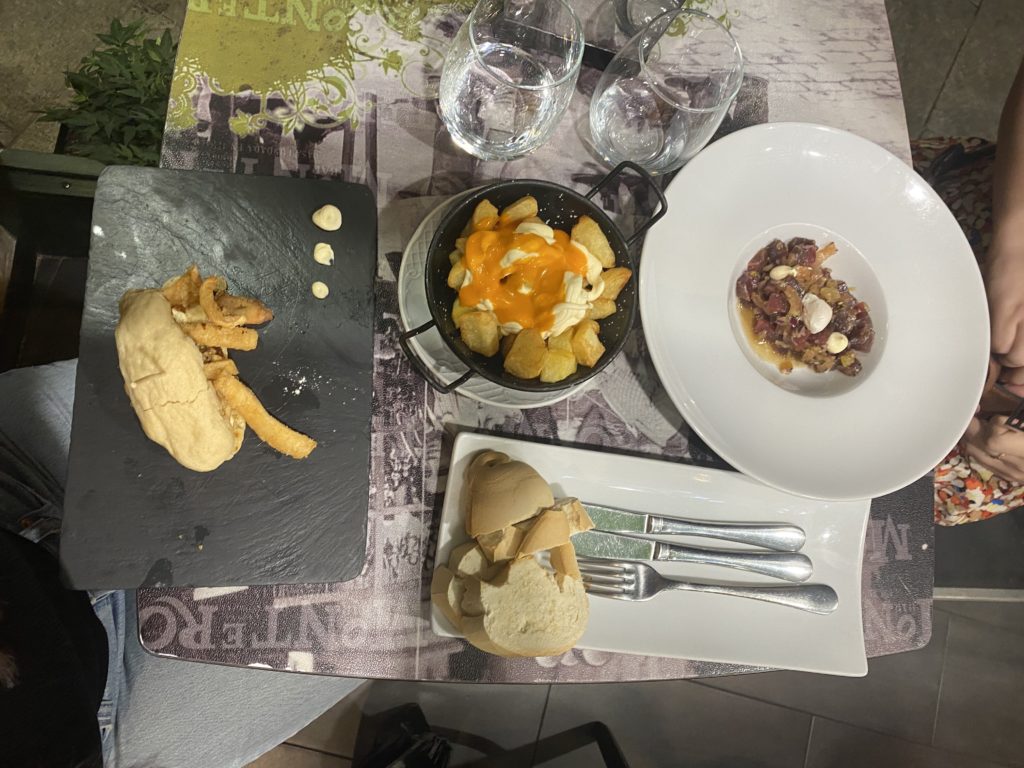
My Spanish teachers Alma and Aracely are bubbly, energetic, intelligent, and have been friends and coworkers for nearly a decade. Each day I have four hours and private lessons with Alma in the mornings and two hours of private lessons with Aracely in the afternoons. While the days can be long and grueling, their lighthearted nature and positivity help me push through on days when my brain can’t seem to function right.
Because my lessons are just me and teachers, we converse in Spanish the entire time. Of course, sometimes they explain new vocabulary or grammatical rules, but most often we are putting language into practice through conversations and discussions on a wide range of topics. Through these conversations I have come to learn more about my teachers as well as share aspects of my life with them. Through this process I have also come to understand their perceptions and stereotypes about Americans.
While my Spanish teachers have met a lot of Americans throughout the years who have come to take lessons at Maximo Nivel, those Americans all have the same thing in common: money to travel to Guatemala. In most conversations that we have about Guatemala and/or the U.S. it is clear that my teachers think that Americans are wealthier, more educated, and more individualistic than Guatemalans. While this stereotype certainly fits many Americans, particularly those who study at Maximo, as stereotypes always do, it fails to tell the full story. I also see why my teachers hold these beliefs and agree with some of their assertions. There are significant discrepancies in education, wealth, religion, culture, corruption, and economy between Guatemala and the U.S. however looking at the two in such black-and-white terms as one being “better” than the other (which is often the sense I receive from my teachers though it has never been explicitly said) misses the mark.
A auto stereotype I hold about Americans that has often been reaffirmed when I meet other Americans traveling abroad and/or connect with non-Americans is how ignorant we can be. A large part of this ignorance is influenced by the global reach and attention the U.S. draws that many other countries lack making them less represented in global/national media, news, and education. My experience in the Masters of Global Affairs program in which over 50% of students are international students, has revealed to me how much global awareness I lack and has pushed me to engage more intentionally as a global citizen. The SLA grant and my month in Guatemala has been a great way to practice being a global citizen and I am so grateful for the opportunity to increase my awareness of Guatemala through living with a host family, learning from local teachers, reading Guatemalan texts, visiting historical Mayan landmarks, trying local foods, and more.
